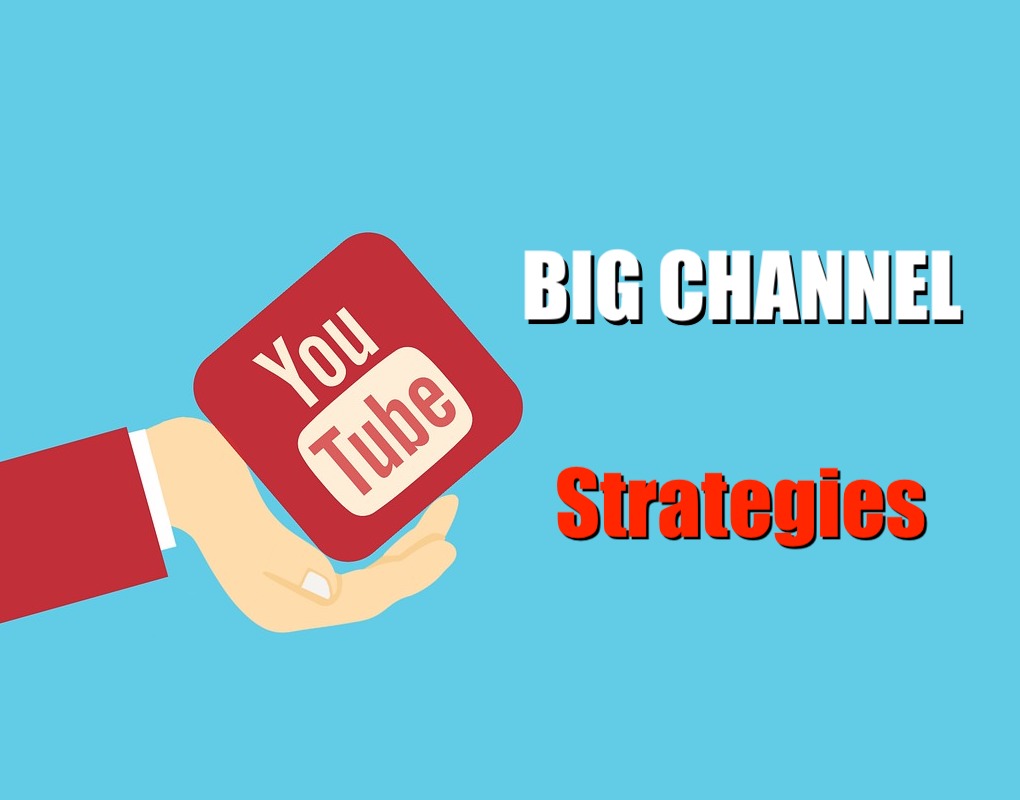- in Tips by Bobby Owsinski
Why The YouTube Strategy Of The Biggest Channels Probably Won’t Work For You

One of the ways we learn is by looking at the ideas that others are using successfully, and generally that works pretty well. When it comes to huge channels like Topper Guild, Sony Sab, or GR6 Explode however, their YouTube strategy probably won’t work for you as a band or artist, and in a bit, you’ll see why. Recently Matt Gielen from the Little Monster Agency took a deep dive into finding out just what makes these channels tick, and this is some of what he found.
It’s All About Quantity First
For most huge channels, everything revolves around the mass upload. There are a tremendous number of videos being generated every day. In fact, out of the top 50 channels, 43 had at least 1,000 uploaded videos and 23 had at least 10,000 videos!
Most of these don’t get that many views (more like in the thousands instead of the millions), but the whole idea is that one will hit big and pull the others with it. As a result, the entire channel will get big views and increase the number of subscribers (which are typically in the millions for a big channel).
In some cases, the quality of the videos isn’t as important as the quantity, but that’s not strictly true. Many channels do try to maintain not only at least a certain level of quality, but the focus of the channel as well. While some will look at what’s trending online and try to play to that in an effort to garner as many views as possible, that’s not a sure thing either, especially for a music channel.
Here’s What You Can Copy
The problem with creating lots and lots of videos is that you turn into a video creator and diminish the time you spend on your music in the process, so that’s a non-starter for most artists. That said, there are some things that the big channels do that you can copy.
Thumbnails – Big channels are meticulous about the thumbnail for each video, since that alone may be the reason why someone might spend a few seconds to take at least an initial view (sort of like the album covers in the past). The thumbnail has to accurately reflect the video though, since the YouTube search engine is hip to users trying to fool it with deceiving graphics.
Metadata – The metadata has to be clear so that people can find what they are looking for, which hopefully means your video. Remember that the YouTube search engine finds videos for views, not viewers for videos, so you want it to be as clear as possible about what the video is about in advance of anyone even hitting play.
While there are courses about how to master YouTube’s SEO when it comes to metadata, it’s now become pretty simple – Do your video deliver what your metadata phrases promise? That’s it in a nutshell. YouTube is happy if people keep watching your video and figures that your metadata delivered on the promise. If they leave after a few seconds, it figures that it didn’t and won’t offer it up to as many people in the future. As always, some of the metadata often overlooked include the mood of the video (happy, sad, angry), and the names of all the people involved (artist, songwriters, producers, engineers, actors, etc).
So there it is. It’s actually pretty easy in that you probably don’t want to upload 10 videos a day like is the normal YouTube strategy for a big channel, but you can take the extra time to create the perfect thumbnail and insert the proper metadata to give your videos a real chance of being found.


